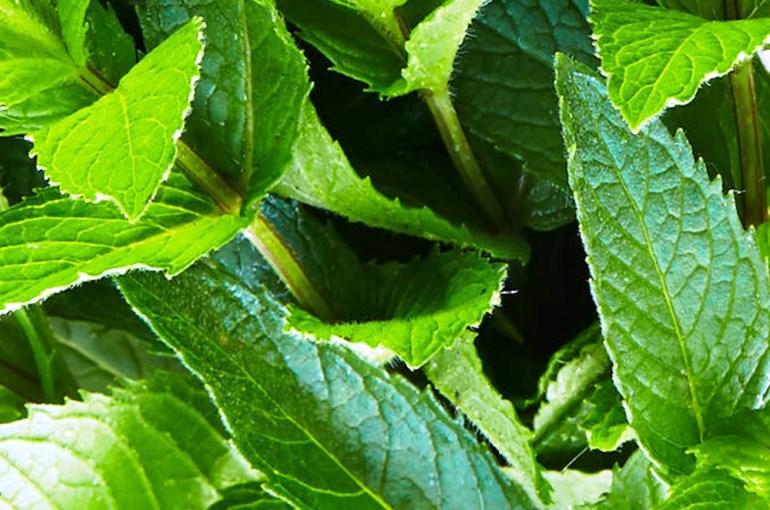How to grow Peppermint at home

This post is also available in:
This post is also available in:
![]() Español (Spanish)
Español (Spanish) ![]() Français (French)
Français (French) ![]() Deutsch (German)
Deutsch (German) ![]() Nederlands (Dutch)
Nederlands (Dutch) ![]() العربية (Arabic)
العربية (Arabic) ![]() Türkçe (Turkish)
Türkçe (Turkish) ![]() 简体中文 (Chinese (Simplified))
简体中文 (Chinese (Simplified)) ![]() Italiano (Italian)
Italiano (Italian) ![]() Ελληνικά (Greek)
Ελληνικά (Greek) ![]() Português (Portuguese (Brazil))
Português (Portuguese (Brazil))
Peppermint Plant Care
Peppermint plant is fairly easy to grow, provided we have a well-drained soil with partial or full day exposure to direct sunlight. The things to consider are the following:
- Peppermint is a sterile hybrid and cannot be grown from seeds collected from a parent plant. However, mainly for amateur cultivation, certified seeds obtained commercially (e.g. from an agriculture store) can be used. It is propagated, mainly by cuttings, rootstocks or rhizome stolons to ensure uniformity of cultivation and increased yield. It can only be propagated by getting healthy and mature stems, cuttings or stolons from a mature, healthy and well established plant.
- The easiest way to plant peppermint is to find a “runner”. Runner is a stem that has grown out (at a close distance) from the plant and has developed roots (like it is trying to “run away” from the mother plant). Since it has already developed roots, runner has the highest chances to survive and thrive in the place we choose to plant it.
- If we cannot find runners, we can take cuttings from a peppermint plant. To get a good cutting, we cut a sprig of the plant 0,4 inches (1 cm) above a node, so that we will allow new branches to grow. We do not need to have many leaves in the branch we cut. We place all the cuttings in a glass of water and wait until small white roots appear. It will take them nearly two weeks to develop roots at an appropriate length. We shall change the water of the glass at least every 3 days.
- Choosing the right spot for planting our peppermint plant is important, as peppermint is a highly invasive plant that can extend to unwanted parts of our property. We must be proactive and restrict the plant through natural obstacles (rocks etc.) well before it finds the way to invade other parts of our yard.
- After planting our peppermint, we shall water it frequently especially during the first year. However, we must not over-irrigate and make the soil soggy.
- We can harvest fresh peppermint leaves from late spring to early autumn.
- Although the plant can perform well in the average soil, we can support its effort by adding a balanced fertilizer during spring and irrigate well.
- In most cases, the upper part of the plant will shrink and wither during winter, but it will regenerate during the next spring.
You can enrich this article by leaving a comment or photo of your peppermint plant growing efforts.
1.) Peppermint Plant Information & Uses
2.) How to grow Peppermint at home
3.) Growing Peppermint commercially
4.) Peppermint Growing Conditions
5.) Peppermint Planting Distances & Number of Plants per Acre
6.) Peppermint Water Requirements
7.) Peppermint Plant Fertilizer Requirements
10.) Peppermint Plant Material & Essential Oil Yield
11.) Peppermint Pests & Diseases
Do you have experience in Peppermint cultivation? Please share your experience, methods and practices in the comments below. All the content you add will be soon reviewed by our agronomists. Once approved, it will be added to Wikifarmer.com and it will influence positively thousands of new and experienced farmers across the world.








































































